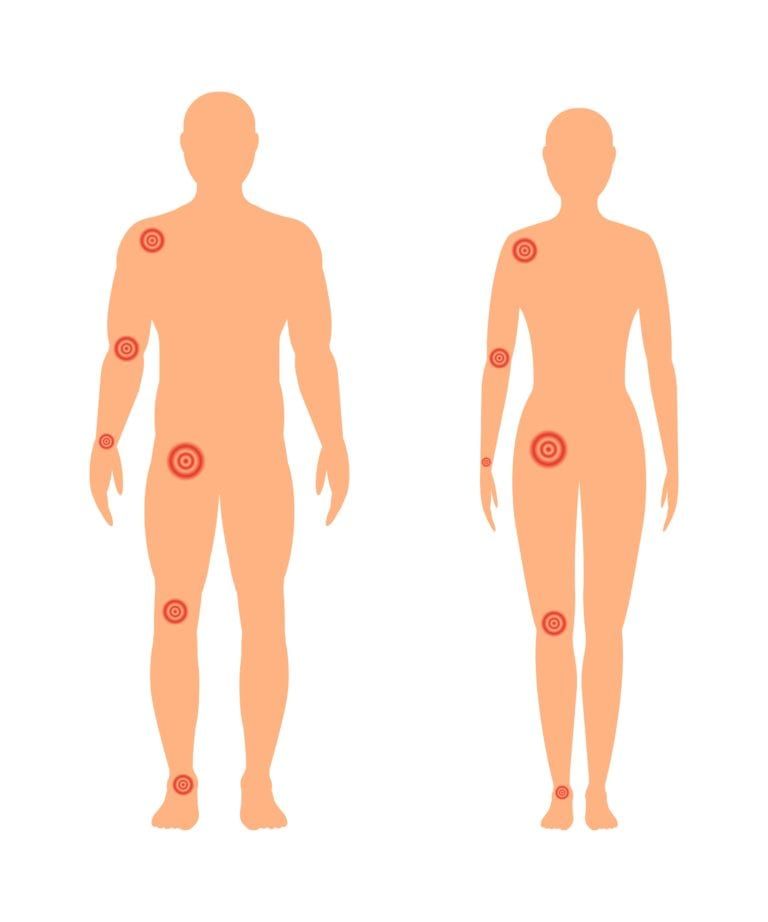How Bone Growth Therapy Can Enhance Your Recovery

When you’ve had surgery on your spine, there’s typically a long and slow recovery period that follows, especially if there were any bone-grafts or equipment installed. Bone Growth Therapy, along with traditional bracing techniques, has been seeing a rise in popularity as a way to help speed the patients healing process along. If you’re anticipating having a spinal surgery or your surgeon has suggested bone growth therapy or stimulators, and you have questions, read through this handy guide to learn more.
What Is Bone Growth Therapy?
Bone Growth Therapy is a common treatment that’s applied when a patient has been shown to have a nonunion appear during their healing process following spinal surgery. The bone that is broken or built naturally generates an electrical field that can be stimulated to help encourage the growth and reformation of natural bone. This stimulation occurs in the form of low-level pulses of electromagnetic energy being applied to the site of the fusion or injury.
How Does Bone Growth Therapy Work?
Bone Growth Therapy works by applying these low-level pulses of electromagnetic energy through a fabric garment with built-in coils. This piece of clothing is typically worn over any braces, casts, or clothing. The cells that are stimulated by these pulses work to help build high-density bone quickly by increasing the number of bone-building cells (osteoblasts) that are present at the injury or surgery site.
What Are The Risks Of Bone Growth Therapy?
As this process only encourages the natural healing process, bone growth therapy doesn’t any significant risks associated with it. This process has been tested and used since the 1950’s and has recently experienced greater refinement as the technology increases. This makes BGT one of the lowest risk procedures available to aid in healing.
What Is The History Of Bone Growth Therapy?
While electrical stimulation has been used in various forms in the medical community since 1841, it wasn’t until the 1950’s that a breakthrough was made showing that electrical stimulation of a broken bone could speed healing. It was 1953 when a doctor by the name of Yasuda applied this electrical stimulation to a rabbit who had broken a femur. Bone growth was accelerated where the cathode used to administer the electricity was applied, confirming that using electricity to treat broken bones was viable. Over the next 60 years, the technology steadily improved until it has become a well-refined and respected approach to treating stubborn broken bones.
If you’ve recently had surgery and suspect that things are not healing as they should, or if your physician has suggested that bone growth therapy may be right for you, pick up your phone and call Dr. Diana Wilson at Neurological and Spine Consultants in Fort Worth, TX. Every year Dr. Wilson and her team of neuro-spinal experts work with their patients to help restore the quality of life and support neurological health. Don’t let problems with your spine interfere with living a full and happy life, pick up the phone and call the Neurological and Spine Consultants today!


Recent Comments